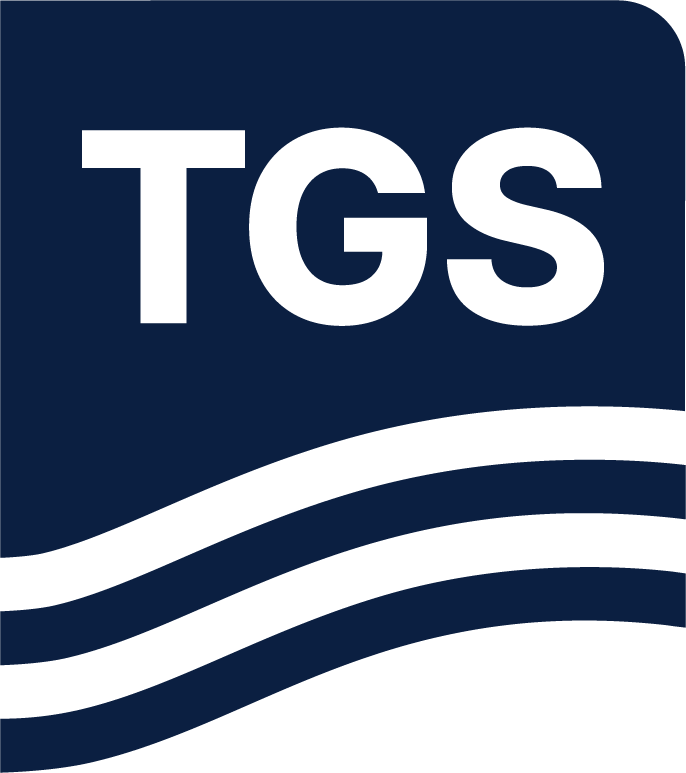Leveraging Subsurface Data, InSAR Monitoring, and Cross-Industry Collaboration to Advance Safe, Scalable Carbon Storage
The Gulf Coast is rapidly becoming a focal point for Carbon Capture, Utilization, and Storage (CCUS) development. With its extensive sedimentary basins, salt domes, and depleted oil and gas reservoirs, the region offers ideal geological conditions for CO₂ storage. Availability of large-scale storage opportunities in close proximity to the heavily industrialized zone with significant carbon emissions and well-established energy infrastructure makes the Gulf Coast Basin attractive for geologic carbon storage. Supported by robust industrial infrastructure, favorable policy momentum, and investment from companies such as ExxonMobil, Chevron, Equinor, Total, bp and Repsol, the area is seeing a surge in large-scale CCUS initiatives and CO₂ pipeline expansion.
A key development for 2025 is ExxonMobil’s completion of a 2.3-mile pipeline connecting CF Industries’ ammonia plant in Donaldsonville, Louisiana, to its Gulf Coast CCUS network. Once operational, this milestone will divert up to 2.2 million metric tons of CO₂ annually from the atmosphere into permanent storage. It marks both the launch of ExxonMobil’s commercial CCUS operations in the U.S. and the beginning of a network with the potential to capture and store up to 100 MTA—more than seven times its current commitments. The company also plans to integrate CCUS into low-carbon electricity generation for data centers and to begin emissions reduction at its LaBarge, Wyoming facility in 2025, targeting a cut of 1.2 MTA.
To support industry-wide CCUS deployment, TGS is conducting detailed assessments of carbon storage potential across multiple U.S. basins. These include the Gulf Coast, East Gulf Coast, Central Gulf Coast–Haynesville, Illinois, Michigan, Appalachia, Uinta, Piceance, Paradox, Greater Green River, Wind River, Powder River, and Greater Williston basins. In April, TGS released its Central Gulf Coast–Haynesville CO₂ Storage Assessment, the final installment in its Greater Onshore Gulf Coast interpretation. The recent release spans over 166,000 square miles and analyzes more than 16,000 wells, offering a detailed view into key geologic factors such as storage capacity, reservoir properties, and caprock integrity essential for safe carbon sequestration.
A key requirement for any CCUS deployment is integrity management and monitoring from operation to post-decommissioning period. Multiple geophysical and geochemical monitoring methods are employed for monitoring CO₂ migration pathways and leakage during and after injection. Satellite based InSAR data measurements can provide a long-term, cost-effective surface monitoring tool identifying ground deformation as a proxy for subsurface deformation associated with CO₂ injection and migration. Easy access to such data could assist in recognizing reservoir response to CO₂ injections and potentially detect any issues with regard to storage integrity.
Enhancing this geoscience intelligence, TGS has integrated InSAR (Interferometric Synthetic Aperture Radar) data into its Well Data Analytics platform along the Gulf Coast (Figure 1), in collaboration with TRE Altamira.

Figure 1. Illustrates the InSAR Cumulative Displacement map provided by Tre Altamira in TGS Well Data Application.
By establishing baseline deformation data prior to injection and enabling continuous monitoring throughout and after CO₂ injection, InSAR technology can detect surface uplift or anomalies that may signal leakage or instability at the storage site. Figure 2 presents cumulative displacement data from InSAR during the early injection phase of a CO₂ sequestration project. The three black lines represent horizontal wells KB-503, KB-502, and KB-501. As shown, surface uplifts are evident around all three wells. In this case, InSAR was instrumental in quantifying the magnitude and spatial extent of uplift and revealed unexpected geomechanical behavior during initial injection, prompting a modification to operational plans.

Figure 2. InSAR analysis showing surface displacement (cm) changes over injection wells KB-503, KB-502, and KB-501.
This precise monitoring is essential for verifying the integrity of underground storage formations and ensuring the long-term environmental safety of CCUS initiatives aimed at mitigating climate change in the region. The insights derived from InSAR data can also inform the selection and characterization of potential CO₂ storage sites within the Gulf Coast. Understanding the existing patterns of land deformation and subsurface stability helps in identifying areas with favorable geological conditions for secure CO₂ containment. TRE Altamira's expertise in processing historical SAR data can reveal long-term deformation trends, providing valuable context for assessing the suitability of different storage locations.
As CCUS initiatives progress from planning to deployment, the Gulf Coast is emerging as a leader, both in the scale of carbon storage and in the strategic application of geoscience and technology to enable safe, reliable emissions reduction and support the transition to a more sustainable energy future.
For more information on CO₂ Storage Assessment or TGS Well Data Analytics or to schedule a demo, please contact us at WDPSales@tgs.com.


